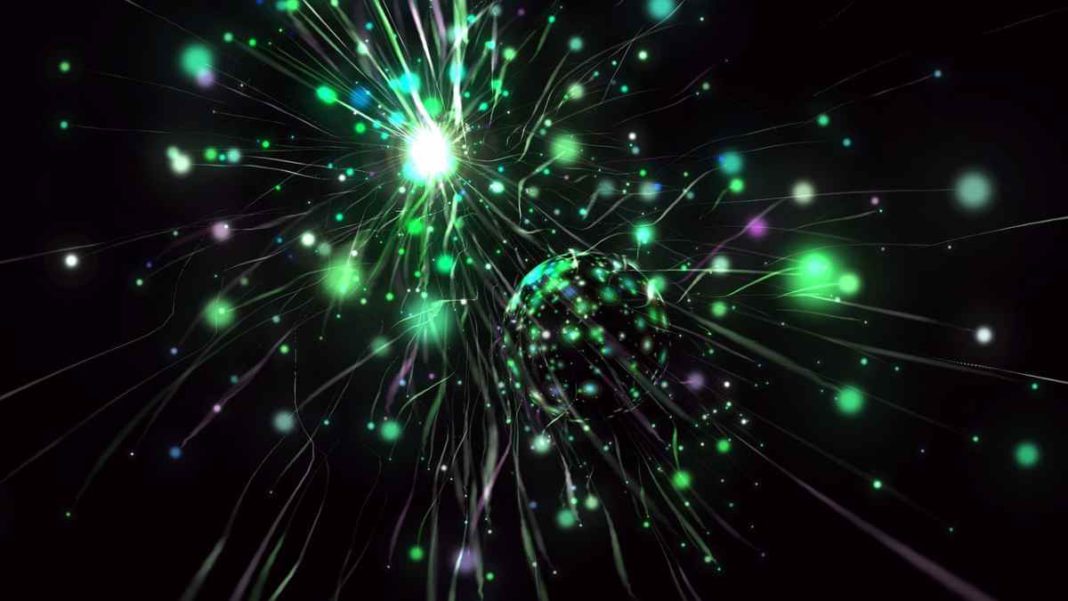UNITED STATES: In a recent discovery that could reshape the landscape of superconductors, researchers from the University of Illinois at Urbana-Champaign have uncovered a strange “demon particle” predicted nearly seven decades ago by physicist David Pines.
Published in the prestigious journal Nature, the study unveils a plasmon quasiparticle with unprecedented attributes, pointing towards the possibility of achieving superconductivity at room temperature.
Superconductors, materials with the ability to conduct electric currents without resistance, have long been the holy grail of technology, finding applications in maglev trains and advanced medical imaging devices.
However, their practicality has been limited by the need to maintain extremely low temperatures to sustain their remarkable properties.
Enter the “demon particle,” a term coined for the discovered plasmon quasiparticle. Unlike traditional plasmons, which interact with light and electromagnetic waves, this “demon particle” stands apart due to its transparency, lack of mass, and electric neutrality.
These distinctive traits allow the “demon particle” it to manifest irrespective of temperature, offering a tantalizing glimpse into the realm of superconductors that function at room temperature.
The research, led by physics professor Peter Abbamonte, focused on the material strontium ruthenate (Sr2RuO4), chosen for its similarities to high-temperature superconductors while remaining distinct.
The study’s lead author, Abbamonte, stated, “Demons don’t interact with light since they are electrically neutral, which implies that the great majority of investigations that assess optical qualities need light. There was a need for an experiment of a totally new kind.”
Former graduate student Ali Husain, a co-author of the study, recalled the skepticism the team faced at the outset, saying, “Initially, we were unsure of what it was. Demons are not in the mainstream. Early on, the possibility was raised, and we essentially laughed it off. However, as we started eliminating possibilities, we began to wonder if we had actually located the demon.”
This discovery’s implications are far-reaching. Superconductors operating at room temperature could revolutionize industries like transportation, energy transmission, and information technology.
The potential for efficient, high-performance computing systems would also expand exponentially, opening doors to technological innovations that were once deemed distant dreams.
However, the journey is far from over. While the plasmon’s characteristics have been revealed, researchers emphasize the need for further investigation. Alternative methods of observation and experimentation are essential to fully comprehending the particle’s behavior and harnessing its potential.
As the scientific community ushers in a new era of superconductors, inspired by the “demon particle,” the world watches with anticipation, hopeful for a future where the boundaries of what is possible are once again pushed to their limits.
Also Read: The Fermi-Dirac Statistics Paradox: Unravelling the Mystery of Quantum Particles



